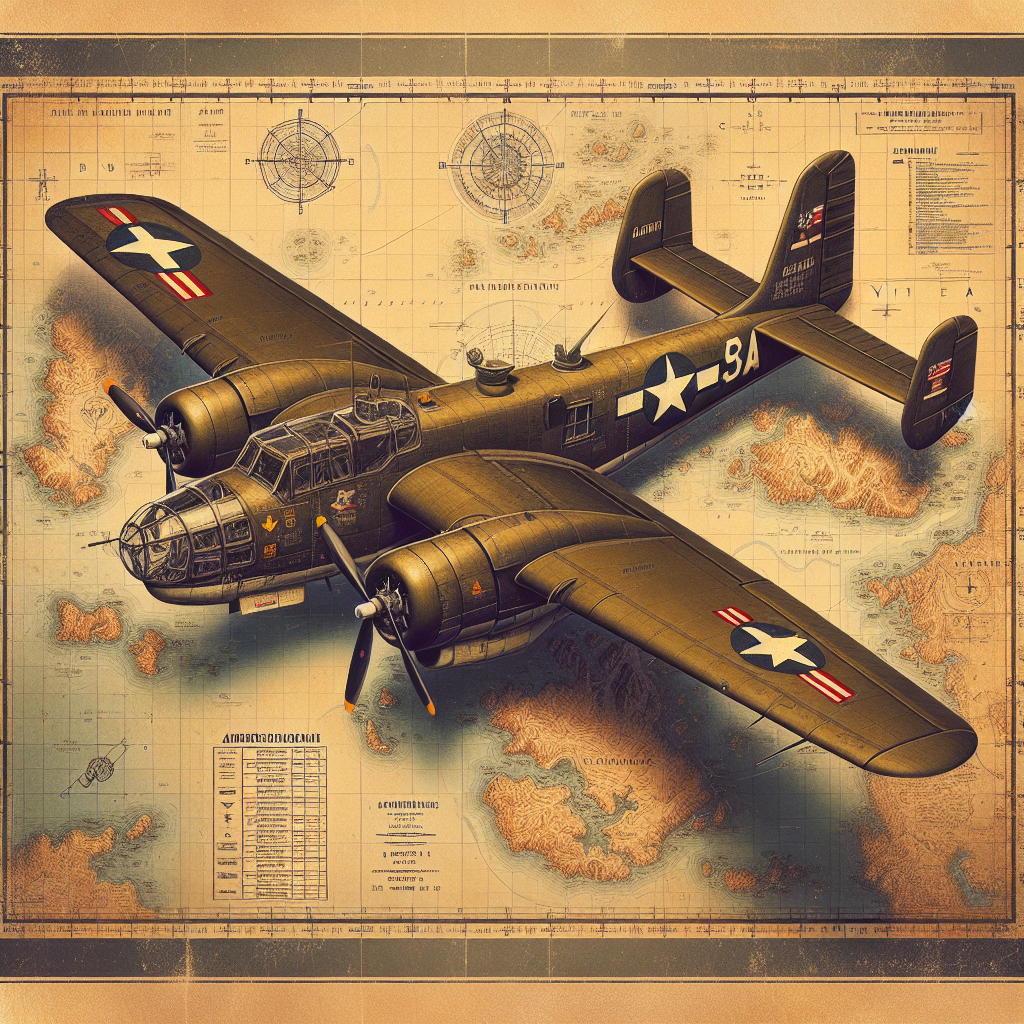Picture this: the 1940s, a time when the world was engulfed in war and nations rallied their resources to prepare the next generation of aviators. In this whirlwind of history, enter the Vultee BT-13 Valiant, an unsung hero in the American aviation narrative. The BT-13, affectionately nicknamed the "Vibrator" due to its shaky flight experience, became the backbone for training U.S. pilots during World War II. Created by Vultee Aircraft, who were based in California, this single-engine aircraft might not have seen action on the front lines, but its importance was felt in every successful mission flown by American airmen during the war.
The Vultee BT-13 Valiant was introduced to the sky in the early 1940s as the United States faced the pressing task of readying pilots for a world at war. Designed to be a training aircraft, the BT-13 focused on equipping pilots with the essential skills needed without the intensity or stakes of combat. It was popular for a few reasons: relatively simple controls and robust construction, which allowed new aviators to learn the ropes before moving on to more advanced fighter aircraft.
Yet, this aircraft did more than just serve its military purpose. It became a symbol of American might and innovation at a time when the country was showcasing its potential on the global stage. The Valiant was a canvas of evolving aviation technology, entirely reflective of the innovation spirit of the time. It housed a more powerful engine than its predecessors in the basic trainer category, which made it appeal strongly to the military training aims.
What makes the BT-13's story even more compelling is what it represents about that era. There was a communal effort towards a singular cause, and everyone seemed to be playing their part. In an environment where cooperation thrived over competition, both men and women contributed to the production of these planes in factories back home. This was a time when 'Rosie the Riveter' became an iconic symbol, representing millions of women's contribution to the industry.
While some may argue that the BT-13 was not the headline act of World War II aircraft—especially compared to the fighters and bombers that dominated the narratives—its role was critical. For those who look at things from a result-oriented point of view, the lives of many fighter pilots were saved due to the superior training they received on the Valiant. It might not have scored air-to-air victories, but in a way, each well-prepared pilot was a victory against the Axis powers.
Critics of the BT-13 might point to the shakiness or its limited use beyond training. There's merit in those observations. The moniker 'Vibrator' did not come from nowhere; pilots often struggled to keep it steady in turbulence. Yet, it is crucial to see and appreciate its role beyond these shortcomings. For some, criticizing the BT-13 might reveal an underlying bias against identifying and valuing what many see as 'less glamorous' roles.
In the broader picture of historical influence, the Valiant contributed significantly to post-war advancements in aviation. The men and women trained on them went on to influence civilian aviation remarkably. This ripple effect is a reminder that the foundation laid by Vultee Aircraft contributed well beyond military purposes. After the war, many BT-13s made their way into civilian hands and poured into civil aviation. These surplus aircraft contributed to the post-war aviation boom, paving the way for a more interconnected world.
The political side of the BT-13's story also intertwines with domestic issues of equity and labor. It's an invitation to examine how wartime production impacted worker rights, gender roles, and economic equality. The era brought a taste of increased inclusivity, even if temporary, into the workforce, setting the stage for future societal shifts in America.
Every piece of our history has stories from multiple angles. The BT-13 Valiant is a testament to an effort that went beyond mere wartime need. It was more than just rivets and metal; it was dreams, aspirations, and a massive civic collaboration, all tethered to the ideals of the time. So, when you think about the Vultee BT-13 Valiant, think about those mid-century dreamers who believed in progress, equality, and the potential for everyone to soar beyond constraints.
What does it mean for us today? Maybe it's a gentle nudge to remember that even those of us who feel like we're playing a supporting role might just be setting the stage for victories of tomorrow. Whether it's through innovation or sheer grit in our personal and professional endeavors, there's a bit of the BT-13 Valiant in us all.

